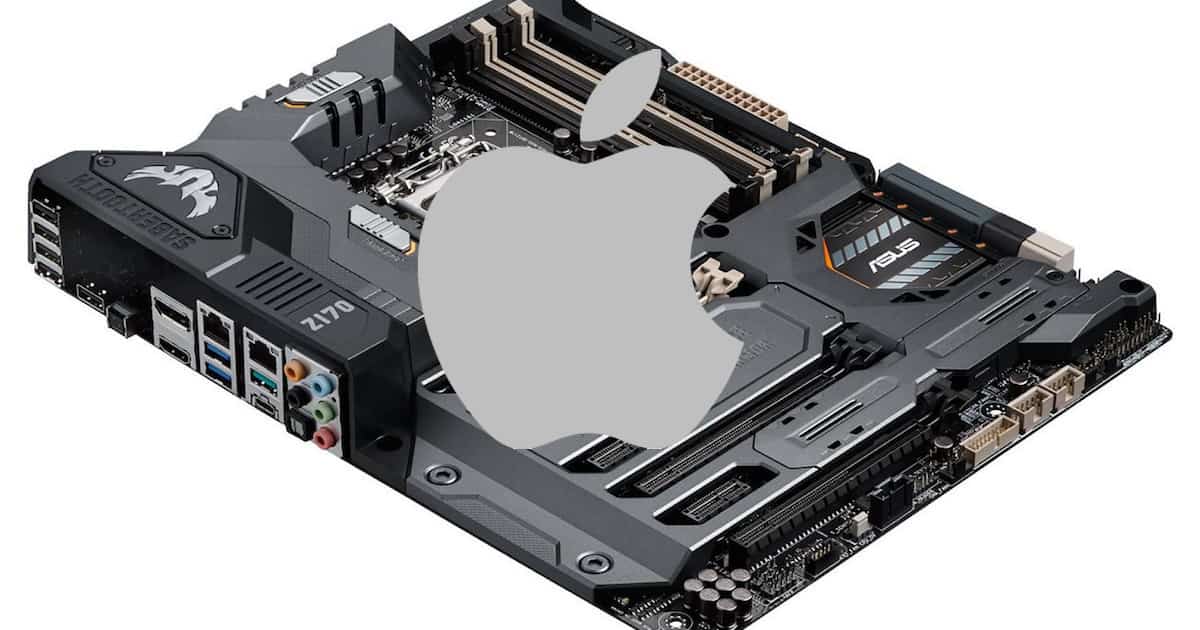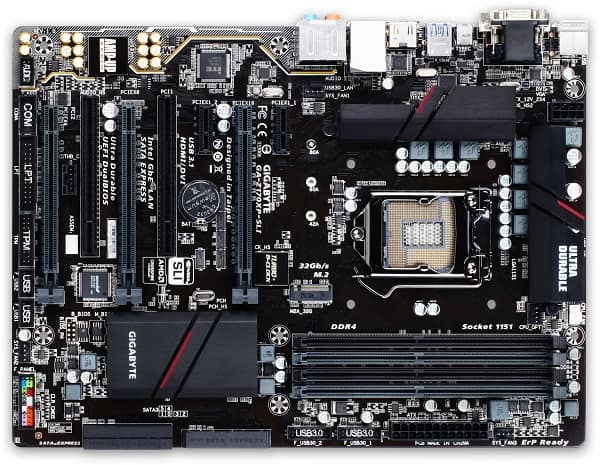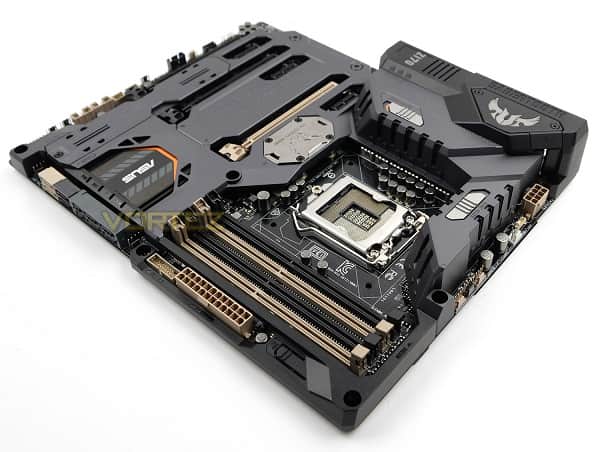I got my start with Macs by turning a Dell Inspiron laptop into a Hackintosh — a PC with OS X installed on it — back in late 2007. Given that history, it only seemed natural for me to take on the task of helping you, our faithful reader, learn how to create your own Hackintosh. I’m currently in the process of doing just that with an HP Z2 G3 Mini, but more on that later. For now, here are the five best motherboards to choose from if you want to start creating a Hackintosh.

A Few Preliminary Notes
First, why is creating a Hackintosh worthy of detailed hardware discussions? The main reason is that Cupertino does a reasonably good job of trying to ensure its operating system only runs on Apple hardware. I say “reasonably good job” because there are ways around the constraints built into OS X and macOS.
Second, you will need to understand that this is a moving target. As Apple releases new hardware, it adds support for certain devices, while taking away support for older hardware. Because of this, I give you this list with an important caveat: it’s prone to change over the years. This list consists of the most compatible motherboards as of May 2017.
It’s also worth noting that some of these motherboards won’t support resolutions higher than 1080p at 60hz. Intel, AMD, and nVidia graphics resolutions higher than that will require a DisplayPort connection, but nVidia 9XX cards with HDMI or DisplayPort will support displays to 4K resolution at 60hz.
On to the List of Motherboards Good for Creating a Hackintosh
These motherboards are all considered to be easily adaptable to running macOS Sierra. That means the built-in chipsets work, with some modification or custom drivers, under macOS Sierra. While I have my own preferences as far as form factor, I’ve tried to make this list inclusive of many different motherboard and case sizes.
ATX Form Factor Motherboards

If you opt for an ATX form factor, such as in a medium- to large-sized tower or desktop case, your best option is the Gigabyte GA-Z170XP-SLI motherboard. It boasts an LGA1151 CPU socket, and supports sixth generation Intel Core processors. This motherboard has plenty of PCI-Express expansion slots for building a monster of a Hackintosh.
It has built-in gigabyte Ethernet supported by macOS, along with an excellent on-board audio chipset that also works wonderfully in Sierra. The only drawback to this motherboard is that the onboard graphics only supports HDMI, but we will be providing you with a list of much better graphics cards in an upcoming article.

Another excellent choice for an ATX motherboard is the Asus Sabertooth Z170 Mark 1. This mobo has an LGA1151 CPU socket with support for sixth-generation Intel Core processors, and is ready for USB-C, M.2 SATA and SSD drives, and more than enough RAM to keep your Hackintosh running smoothly.
It’s expandable, has integrated Intel HD graphics with HDMI and DisplayPort ports, and has gigabit Ethernet support. The Realtek ALC1150 audio chipset supports up to 7.1-channel surround sound, and the system board has plenty of USB 2.0, USB 3.0, USB 3.1, and USB-C ports. Everything is macOS Sierra-friendly.
Next: The Best Micro ATX, mATX, or mini-ITX Motherboards for Making a Hackintosh
Great job Jeff! You helped me to choose hardware for my first ever hackintosh build. I went with the ASRock z170, GeForce GTX 1050ti and the i7 processor. I haven’t started the build yet. I am waiting for a coupe of components still. Anyway I am exited. Do you know if I have to change a lot in the Bios of ASRock z170 motherboard to be able to get it to work?
@John and @Rick: Mini PCI/E cards are fairly easy to come by for Hackintosh setups. Cards that use the M.2 slots on many modern mobos, no so much so. I’m still working on that, and it’s going to make for an interesting Wi-Fi article a few episodes down the road =)
I’ll do some more digging, emlitu, but Thunderbolt 3 support is slim for Hackintosh. If I find anything, I’ll let you know 🙂
Thank you for a great article. Would it be possible to select a motherboard that supports Thunderbolt 3. I know you mentioned the ones that support USB 3.1 but that does not mean they are TB3 as well.
Thanks so much.
Nice job Rick! The titan is a beast. Does the fan kick up running it?
@John – Yes, I did end up buying the Mini PCI/E cards off of eBay that had the proper Broadcom chipsets. In my Mac Pro 5.1 I have TP-Link AC Wifi card. Also working on flashing a Titan X 12 gig card to go into it.
With regard to the wifi/Bluetooth, I bet you can buy the part from eBay straight from an iMac. I bought such a part and upgraded my 5,1 cheese grater Mac Pro to the latest Bluetooth and 802.11ac
Fantastic article Jeff. Have you come across any motherboards that support Xeons?
Thanks, Rick! I’ll definitely consider that kind of a table 🙂 I agree, after graphics, Wi-FI and Bluetooth are the biggest challenges. Very little support out there, especially if you want to use an M.2 card for your Wi-Fi and Bluetooth.
Great article Jeff. You covered all of the main pain points about making MacOS work on other than Apple hardware. The Network, WiFi, and Sound hardware are the biggest headaches in choosing a motherboard. I would love it if you expanded the information into a table showing what hardware drivers to use for each, and if the built in WiFi / Bluetooth on these boards work. When I did my last two Hacks, that was the most interesting part to get working.
Love the series so far and want to see where you go with video cards.
–Rick–